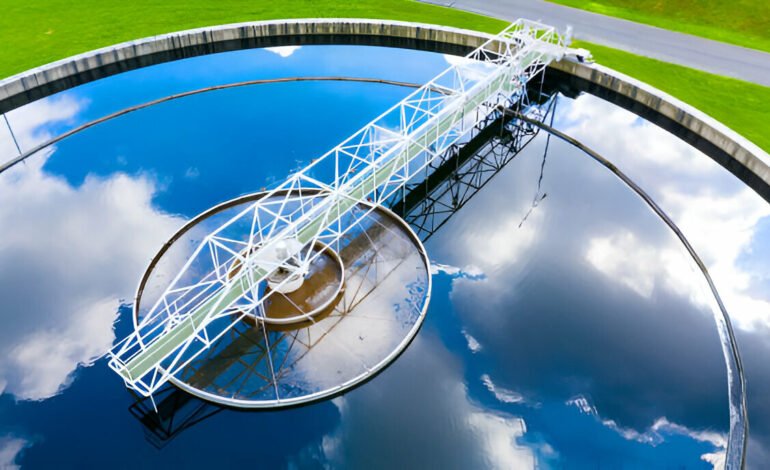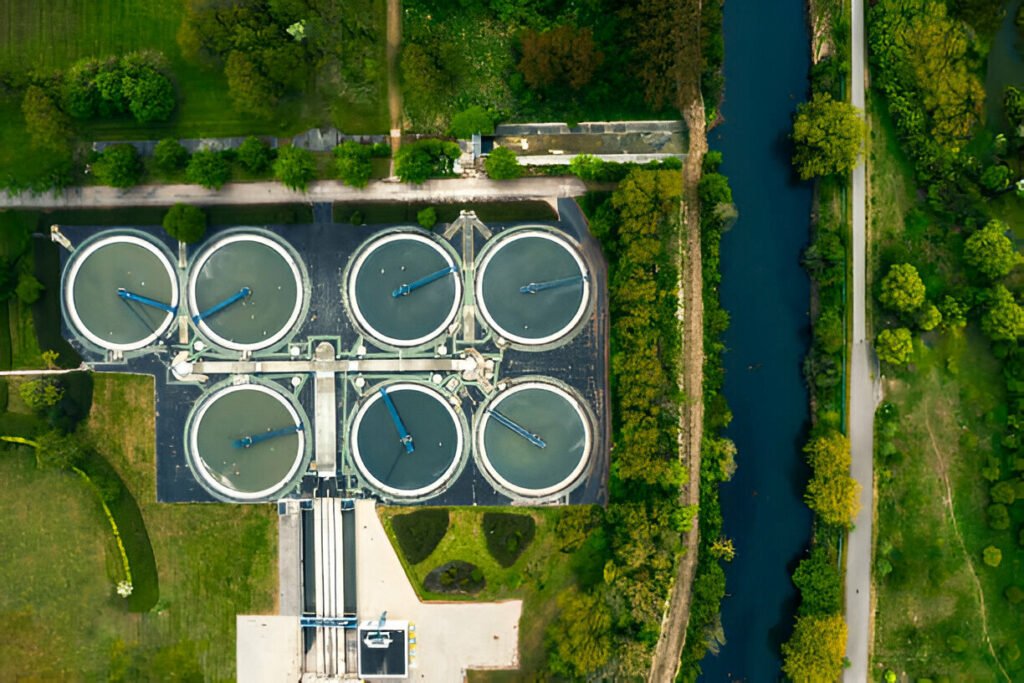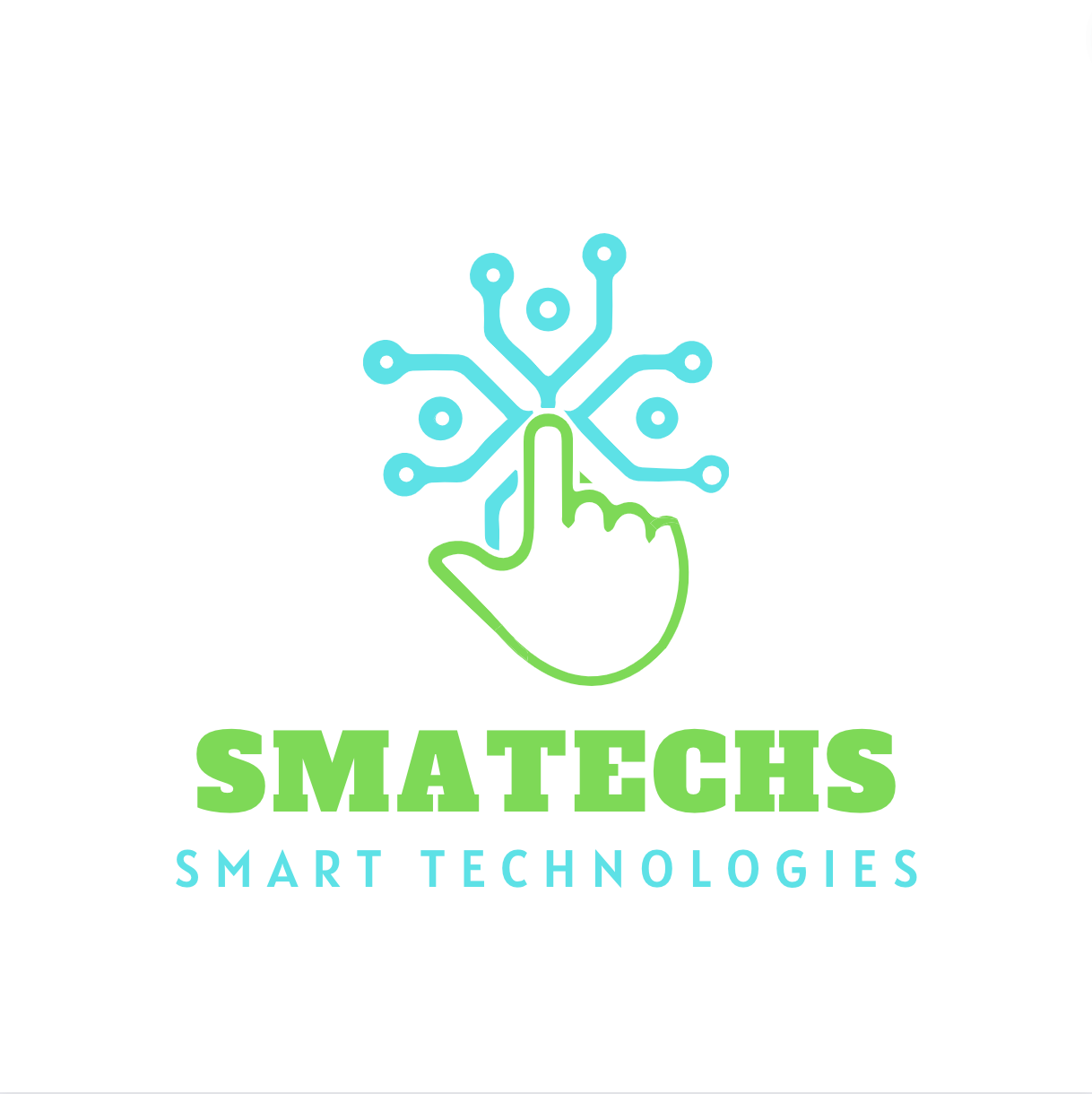
Innovative Methods for Sustainable Wastewater Treatment
When we think about water, we often imagine clean, refreshing streams or the tap water we use daily. But what happens to the water once it goes down the drain? This is where wastewater treatment comes into play. The goal is to clean used water, making it safe for the environment or even reusable. Let’s explore some innovative methods for sustainable wastewater treatment that can help keep our planet healthy and thriving.
Imagine your kitchen sink – every time you wash dishes, all that water mixed with soap and food particles becomes wastewater. Now, multiply that by millions of homes and industries, and you’ll see why managing wastewater is so crucial. Sustainable wastewater treatment not only protects our water sources but also helps in conserving energy and resources.
What is Wastewater?
Wastewater is any water that has been used in homes, businesses, or industries and is no longer clean. It includes everything from the water you flush down your toilet to the runoff from industrial processes. Treating this water is essential to prevent pollution and protect public health.
Why Sustainable Wastewater Treatment Matters
Sustainable wastewater treatment is about finding methods that are not only effective but also environmentally friendly and economically viable. Traditional methods can be energy-intensive and sometimes harmful to the environment. New, innovative techniques aim to change this by reducing energy use, minimizing waste, and even recovering valuable resources from wastewater.
Traditional Wastewater Treatment Methods
Before we dive into the innovative methods, let’s briefly touch on traditional treatment methods. These typically involve a combination of physical, chemical, and biological processes to remove contaminants from wastewater. While effective, these methods often require a lot of energy and can produce harmful byproducts.
1. Membrane Filtration
Membrane filtration uses semi-permeable membranes to separate contaminants from water. Think of it like a coffee filter – it allows water to pass through while trapping particles and impurities. This method is highly effective and can remove even the smallest pollutants, making it an excellent option for wastewater treatment.
2. Constructed Wetlands
Constructed wetlands mimic the natural purification processes of wetlands but are designed and managed to treat wastewater. These systems use vegetation, soil, and microorganisms to filter and break down contaminants. It’s like a natural sponge that absorbs and cleanses the water.

3. Anaerobic Digestion
Anaerobic digestion involves using microorganisms to break down organic matter in the absence of oxygen. This process not only treats wastewater but also produces biogas, which can be used as a renewable energy source. It’s a win-win – clean water and clean energy!
4. Aerobic Granular Sludge
Aerobic granular sludge is a type of biological treatment where microorganisms form dense granules that can efficiently break down pollutants. These granules settle quickly, making the process faster and more effective than traditional methods improveism. It’s like having a super team of tiny workers cleaning the water.
5. Bioelectrochemical Systems
Bioelectrochemical systems use bacteria that can transfer electrons to clean wastewater. These systems can generate electricity while treating the water, providing a sustainable solution that addresses both energy and water treatment needs.
6. Advanced Oxidation Processes
Advanced oxidation processes (AOPs) involve the use of powerful oxidants tech to break down pollutants at the molecular level. This method can effectively remove contaminants that are resistant to other treatment methods, ensuring that even the most stubborn pollutants are eliminated.
7. Phytoremediation
Phytoremediation uses plants to absorb, concentrate, and metabolize contaminants from wastewater. Certain plants can take up heavy metals and other pollutants, cleaning the water as they grow. It’s like having a green cleanup crew at work.
8. Decentralized Treatment Systems
Decentralized treatment systems treat wastewater at or near the point of generation rather than transporting it to a central facility. These systems are ideal for rural or remote areas and can be more flexible and cost-effective.
9. UV Disinfection
UV disinfection uses ultraviolet light to kill or inactivate harmful microorganisms in wastewater. This method is effective, chemical-free, and can be used as a final step to ensure the treated water is safe for discharge or reuse.
10. Green Infrastructure
Green infrastructure involves using natural processes and materials to manage and treat wastewater. Examples include rain gardens, green roofs, and permeable pavements. These systems not only treat water but also provide additional environmental benefits, such as reducing urban heat islands and improving air quality.





